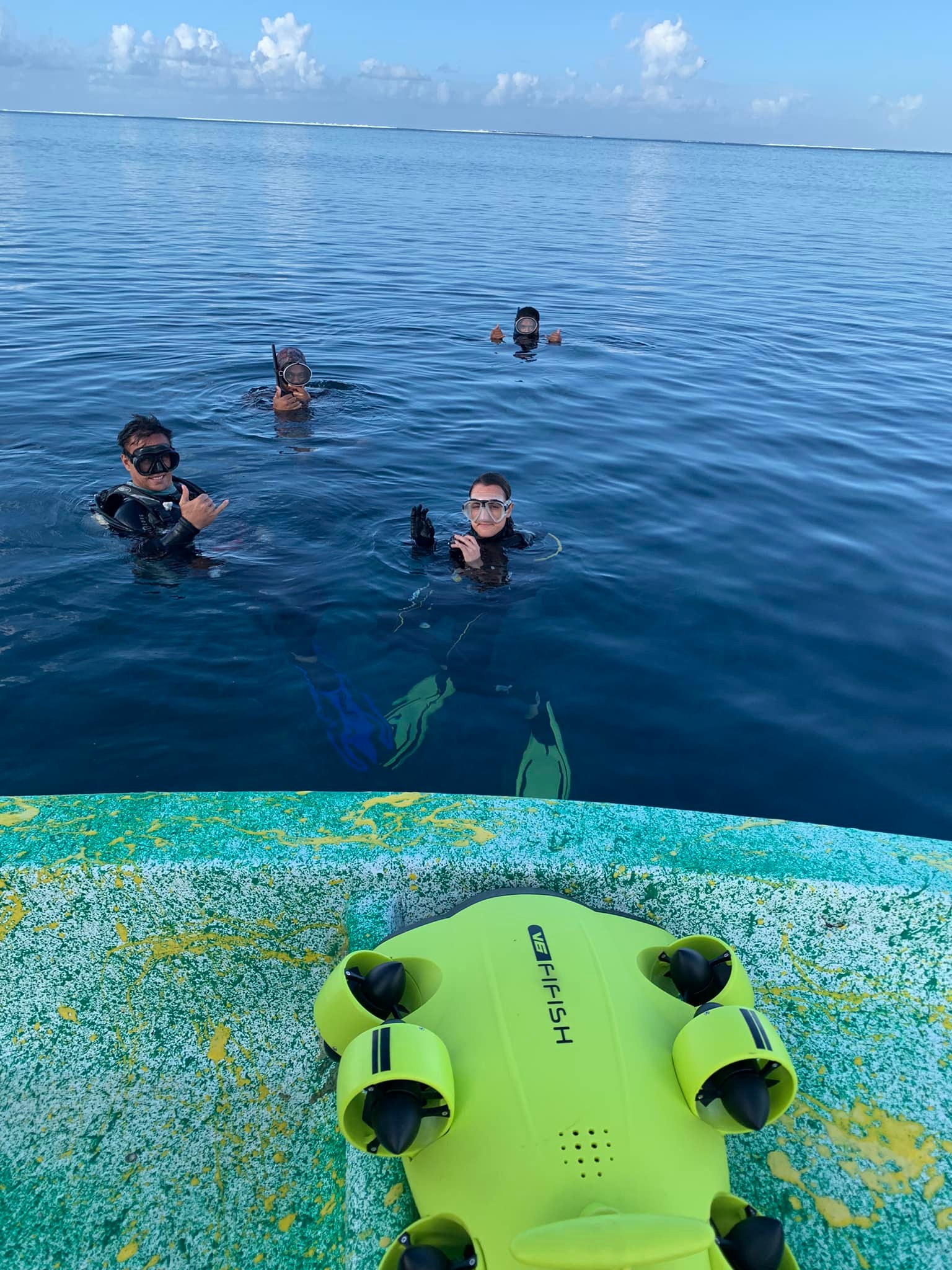This helps to orient and introduce the project idea to the relevant officials working with the district/administrators directly or indirectly involved in the project. This was meant to avoid any future audit queries, conflicts arising from implementation of activities. These involved local councilors, local council or village chairmen, district political leaders, environmental police, internal security organizations, district administration officials, district technical staff from different departments(finance, procurement, natural resources, community development, engineering etc). This included other private stakeholders doing more or less similar projects, lodge owners etc. The engagement involved an organized project launch activity or ground breaking ceremony to educate them on the project anticipated activities, locations/areas, budget, beneficiaries, potential risks and the anticipated outcome, plus seeking their input and support for the success of the project. This also involved field visits to access the situation on ground before implementation.
